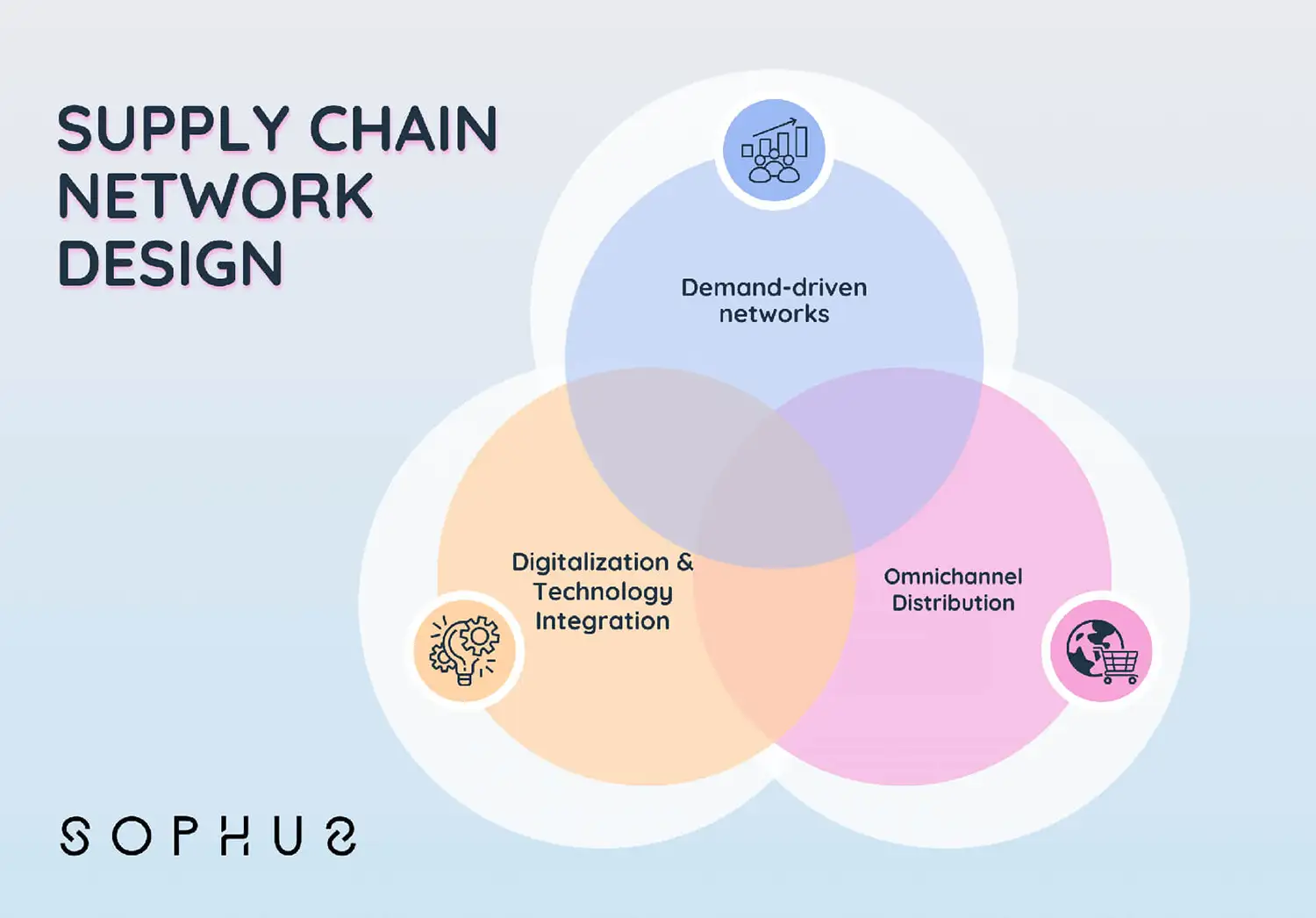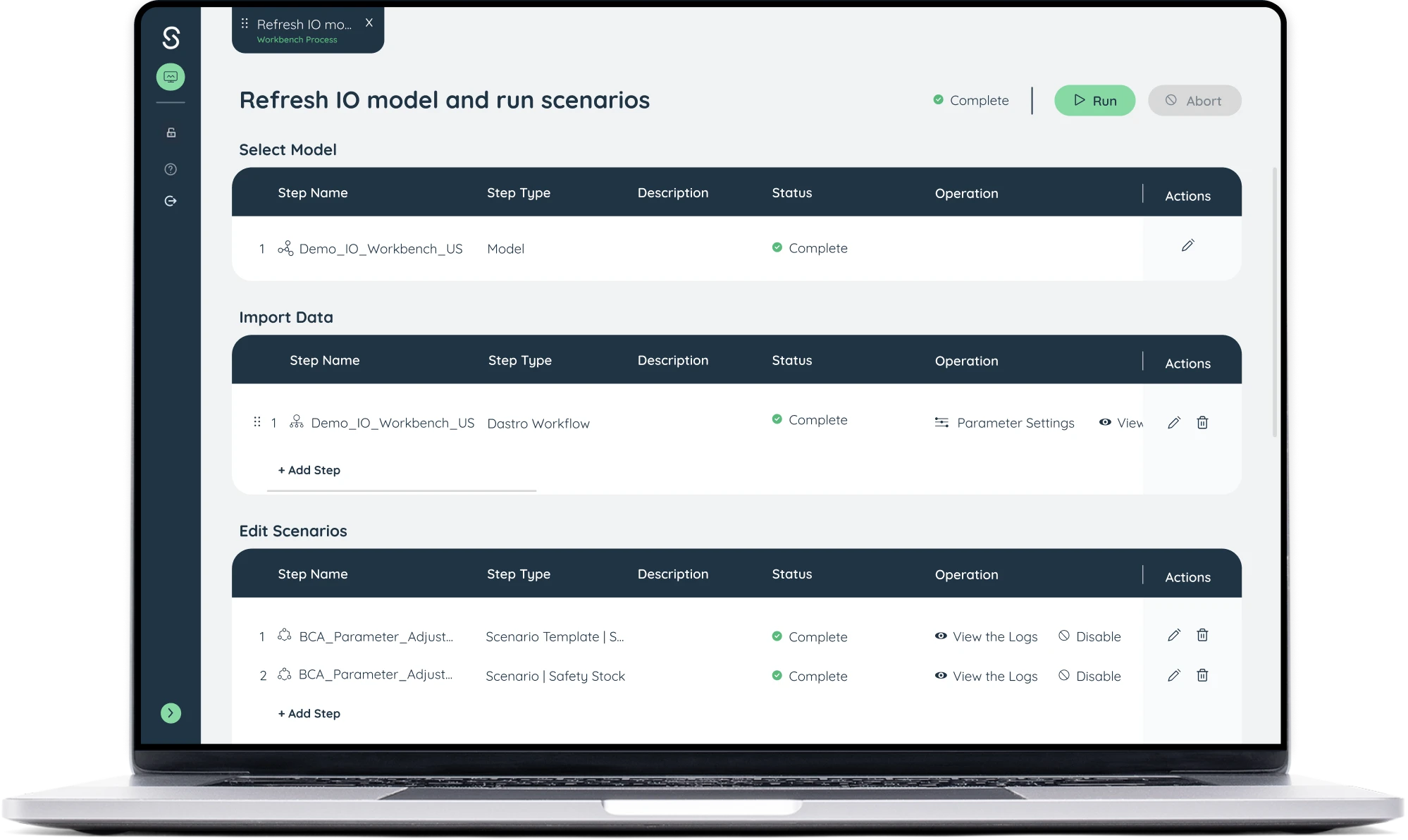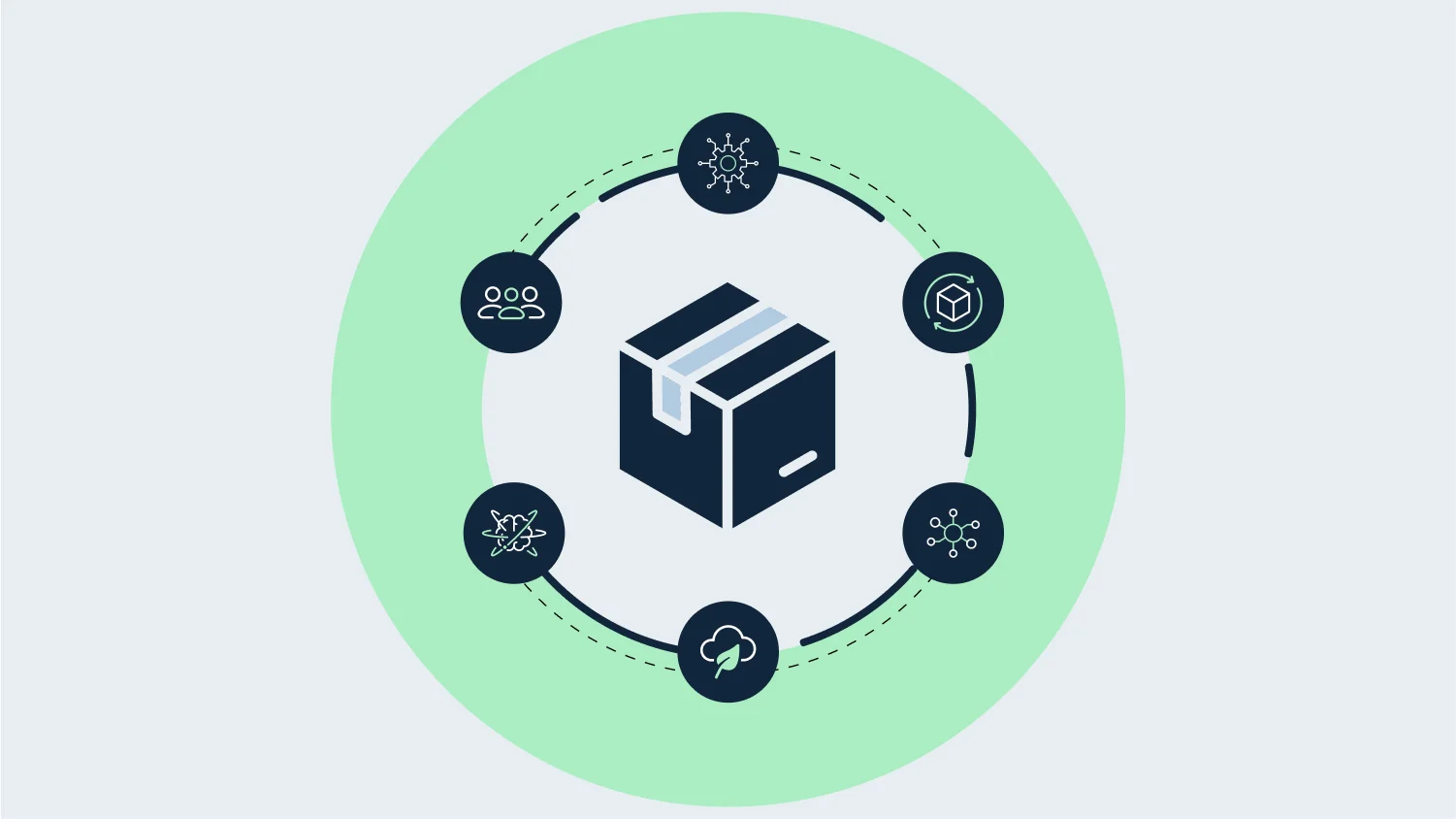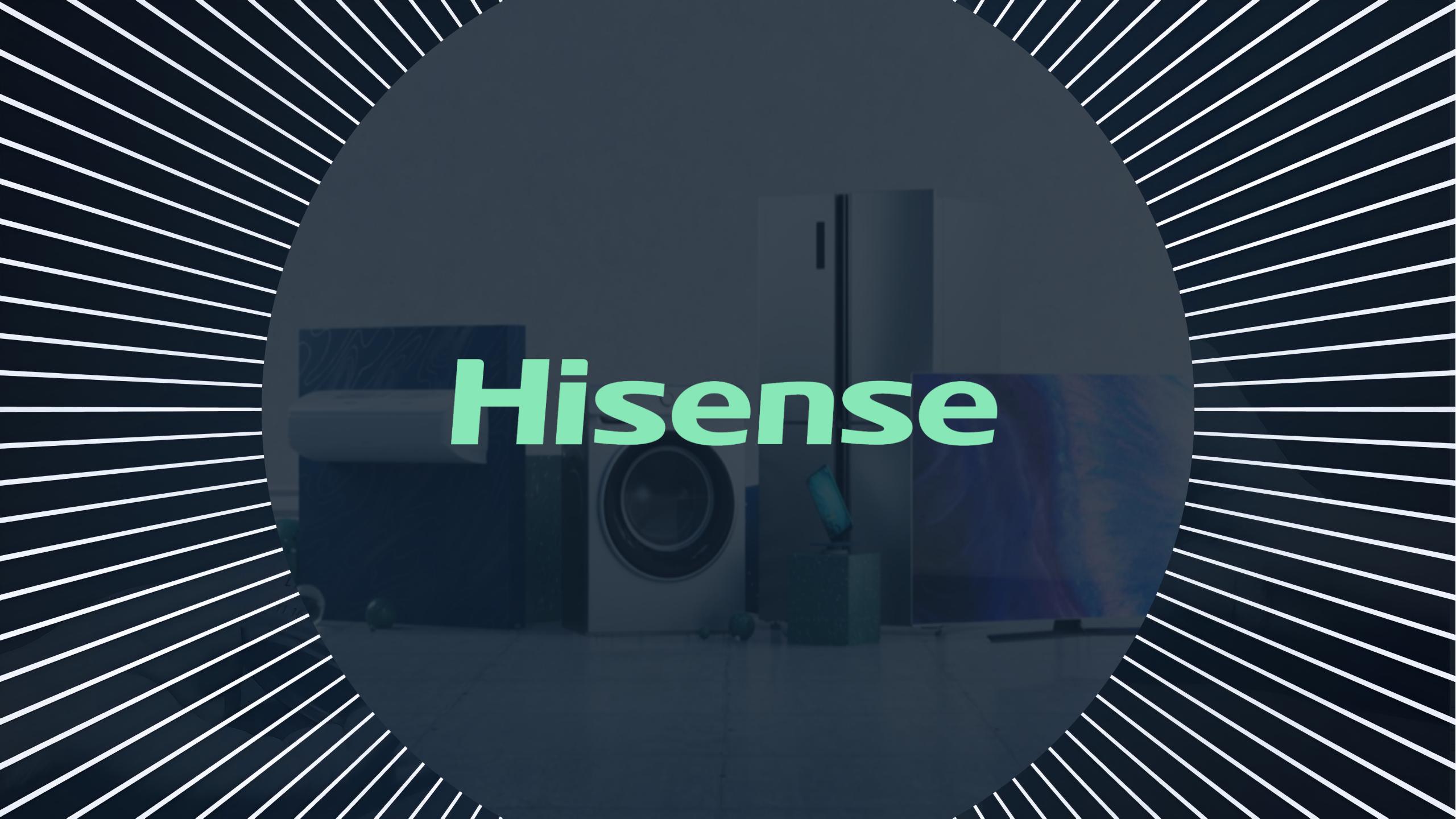In today’s ever-changing global economy, the way companies manage their supply chains, particularly in the realm of Supply Chain Network Design And Optimization is going through some big changes. Businesses want to be more efficient, resilient, and sustainable, so they’re trying out new and clever strategies and technologies to make their supply chains work better. In this blog post, let’s dive into the exciting trends that are shaping the future of how supply chain networks are organized and optimized.
1. Digitalization and Technology Integration:
With the arrival of advanced technologies like IoT (Internet of Things), artificial intelligence (AI), machine learning (ML), and RFID (Radio Frequency Identification), supply chain stakeholders are gradually gaining real-time visibility into their supply chain network. These technologies enable real-time data analysis, predictive analytics, and automation, enhancing decision-making processes. These capabilities would also make dynamic network design and optimization possible.
2. Demand-driven networks:
Supply chains rely on forecasts but this causes problems like not having enough inventory or having too much. Today, businesses can enable a better demand-driven network. These networks use data insights and advanced AI capability to forecast demand and can make short-term adjustments to the inventory and replenishment plan so to reduce the cost of holding inventory and improve service level.
3. Omnichannel Distribution:
E-commerce growth has led businesses to use different ways to distribute their products. These include physical stores, online platforms, and mobile commerce. Companies are using optimization techniques to create supply chain networks that can efficiently fulfill orders across channels and more importantly, optimize inventory and replenishment for this omni-channel network.

4. Sustainability and Green Initiatives:
Amid growing environmental concerns, supply chain network design is incorporating sustainability practices. Companies are changing their networks to reduce their carbon footprints. They are also trying to use less fuel and find greener transportation options.
5. Advanced Analytics and AI:
Artificial intelligence can be used to forecast demand, helping to set the right price level across different channels, and also deciding on the right inventory level through the network. The outcome would impact how companies will need to set up their supply chain network more frequently than ever before.
6. Collaboration and Partnerships:
The complexity of today’s supply chains requires collaboration with suppliers, distributors, and other stakeholders. More companies are forming strategic partnerships and adopting collaborative platforms to drive end-to-end visibility, foster better communication, and enhance supply chain agility. Supply chain network design therefore should not only consider company’s business but the entire value chain.

Conclusion:
In today’s rapidly evolving business landscape, supply chain network optimization is a critical factor in staying competitive. As complexities increase, businesses need a reliable partner who can navigate these challenges and drive supply chain excellence. Sophus is here to help.
With our team of supply chain management experts and advanced technology solutions, we specialize in optimizing supply chain networks to boost efficiency and reduce costs. We work closely with our clients to understand their unique needs and design customized network solutions that align with their goals.
Don’t let outdated supply chain practices hold your business back. Contact Sophus today and discover how our supply chain network optimization services can propel your organization toward success. Let us be your trusted partner in navigating the ever-changing supply chain landscape and driving innovation in your processes.
Get in touch with Sophus today for a FREE consultation and demo and take a confident step towards a streamlined and future-ready supply chain.










